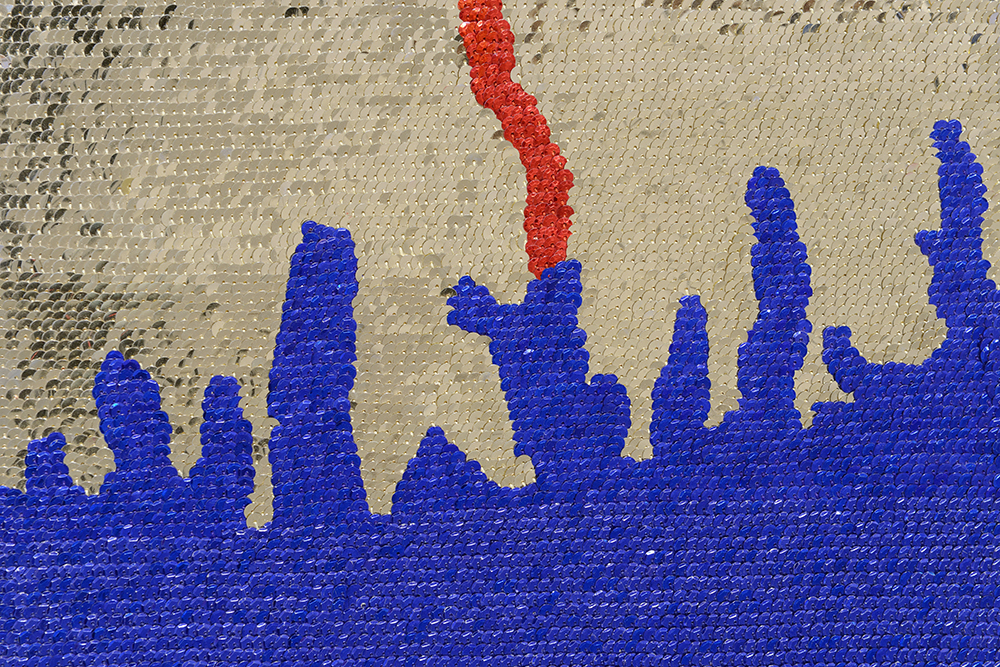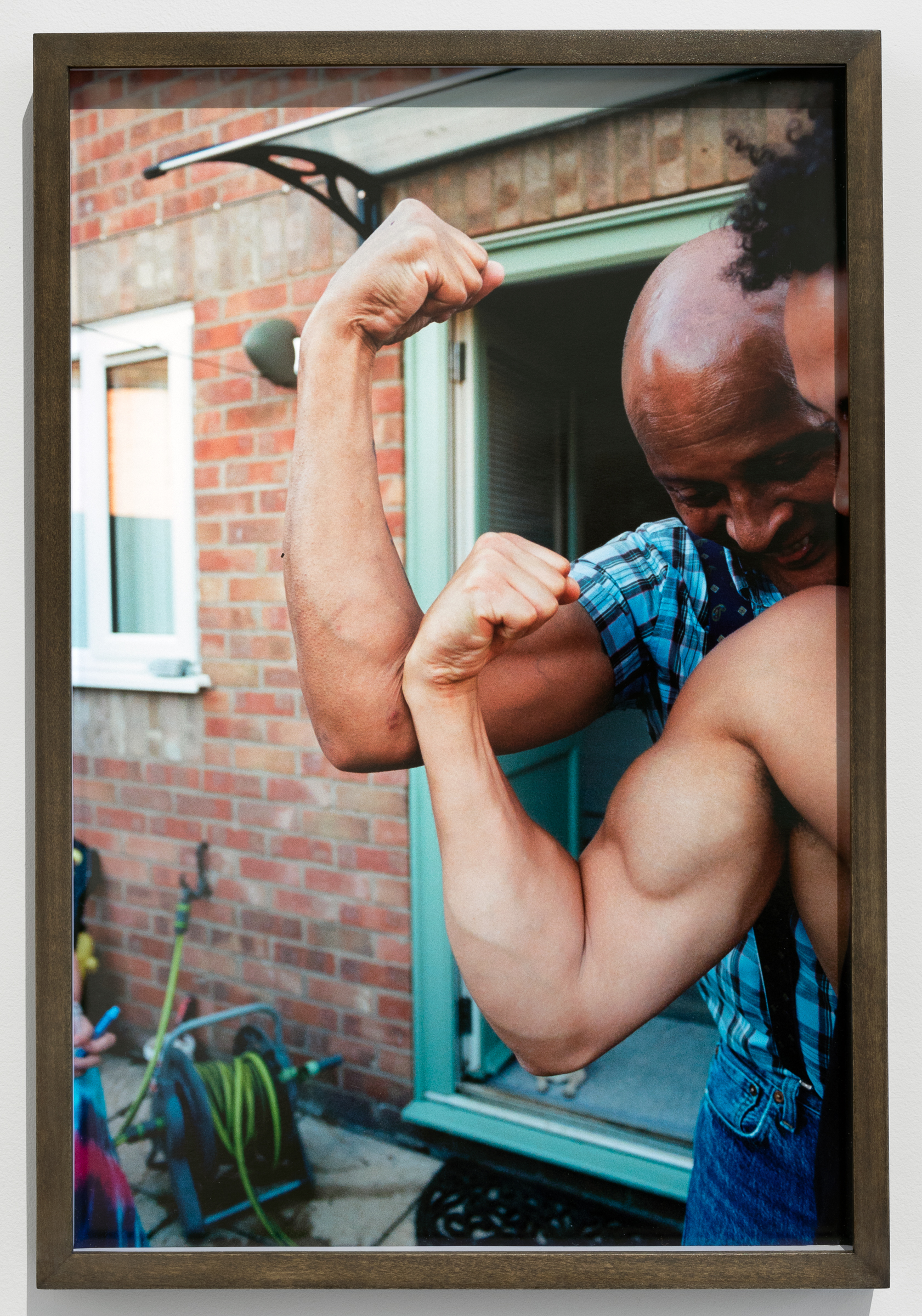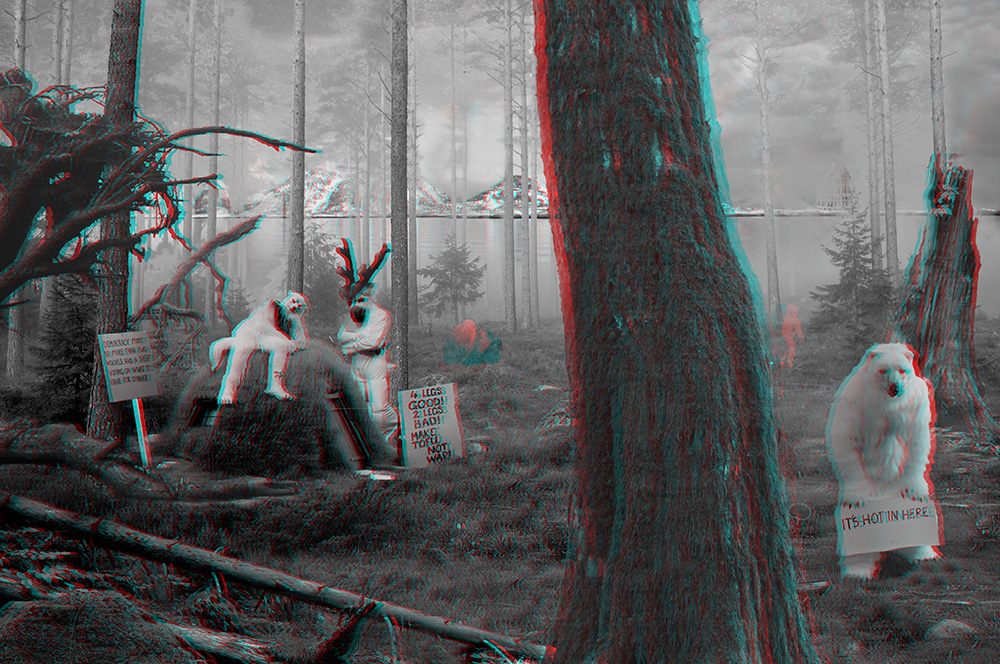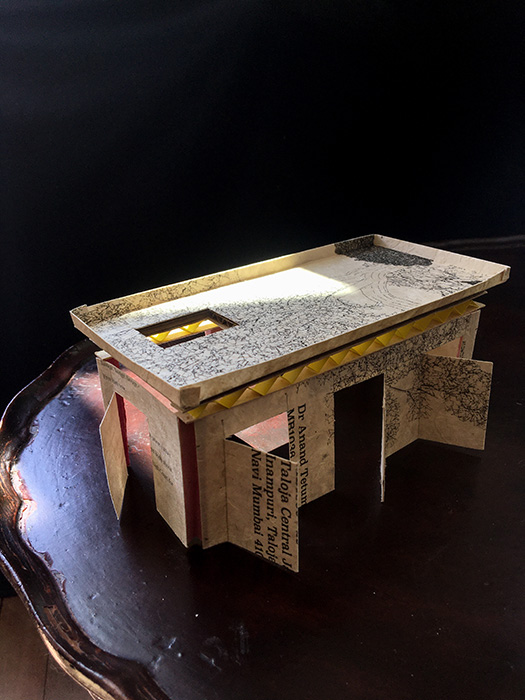Divided Selves: New exhibition confirmed for 2023
21 December 2022
Our first exhibition for 2023 will explore ideas of community, belonging and togetherness

Image credit: Detail from Bloodlines (1997) - Iftikhar Dadi & Nalini Malani
Running from 18 February until 24 September 2023, Divided Selves: Legacies, Memories, Belonging will be the Herbert’s first new exhibition to open next year, curated by Hammad Nasar MBE with Rosie Addenbrooke and Alice Swatton.
The exhibition explores ideas of community, belonging and togetherness through the work of 26 different artists, duos and collectives. Held at a time where the politics of identity has been weaponised for political gain, and divisiveness is rewarded in likes, followers and votes, it presents the work of artists exploring how we:
- Make peace with difficult histories and traumatic pasts without being paralysed by them
- Listen to and amplify voices that are often ignored or suppressed
- Work as citizens of a state, and members of a community, to shape a common future
With many of the works drawn from both the British Council Collection and the Herbert’s own Peace and Reconciliation collection, Divided Selves also points to the development of the new National Collections Centre in Coventry. This major project will see the city’s former IKEA building transformed into a new home for collections managed by the British Council, the Arts Council and the Herbert Art Gallery & Museum.
The exhibition is also being developed in collaboration with Coventry Cathedral, known internationally for its peace and reconciliation, which began following the destruction of the old cathedral during World War II. By creating a dialogue between artists and collecting and civic institutions, the exhibition attempts to reimagine co-ownership of public collections and cultural narratives.
Image credit: Paul and Zac in the Garden, Peterborough (2022) - Rene Matić
Courtesy of the Artist and Arcadia Missa, London.

Works featuring in the exhibition will include:
- A significant selection of 15 works from the ongoing photographic series, Flags for countries that don’t exist but bodies that do (2018-ongoing) by Rene Matić, which engage directly with Coventry subculture, including 2 Tone. The artist’s interrogation of ‘Britishness’ is also represented by the skinhead-inspired costume for the character, Moonstomp (2021) that Matić created for the exhibition Beano: The Art of Breaking the Rules (2021). The name is taken from the song Skinhead Moonstomp by Symarip, and the costume uses the colours of the Pan-African flag. Moonstomp will be shown in conversation with Larry Achiampong’s Pan African Flag For The Relic Travellers’ Alliance #1 (2017), one of a series of four imagined flags that highlight African diasporic identity.
- Iftikhar Dadi & Nalini Malani’s mixed media work, Bloodlines (1997), which addresses the partition of India and is possibly the first collaborative work between artists from Pakistan and India. Blood red sequins map the contours of the so-called Radcliffe Line (named after Cyril Radcliffe, the Law Lord who drew the line of demarcation) across 16 panels of blue and gold, split into two sections that defined the 1947 borders of Pakistan and India, with India represented by the gap in the middle. 2022 marked the 75th anniversary of the partition / independence of India and Pakistan. That Cyril Radcliffe went on to serve as the first Chancellor of the University of Warwick (1965-77) brings local resonance to Bloodlines being part of Coventry’s public collection.
- Make Tofu Not War (2018) by Goshka Macuga, a billboard-sized, 3D tapestry rich in associations with climate change, including allusions to George Orwell’s Animal Farm. The work invites audiences to put on 3D glasses to view an imaginary scene in an old forest, possibly in the north of Europe, where a group of people dressed as animals (a wolf, a reindeer and a polar bear) appear to have gathered after their participation in a protest.
- Fiona Banner’s Pranayama Organ (2021), which features two full-scale inflatable military decoy aircrafts slowly inflating as if waking from slumber and then dancing around each other in an absurd ritual. Stuck in a combative bind, they play out an unrequited desire for intimacy, not war. A soundtrack featuring a church organ lends a heroic and fragile quality to the film, which the audience watches on customised bean bags that are part of the work. After showing to much acclaim in Venice in 2022, Divided Selves marks the UK debut of this significant work by Banner.
- Mona Hatoum’s A Couple (of swings) (1993), which invites visitors to explore how societies live together. The swinging glass sculpted seats, suspended by stainless steel chains from the ceiling, face each other as a visual metaphor for the fragility of togetherness.
- Sofia Karim’s Architecture of Disappearance (2021-ongoing), which brings the architecture of confinement – modelled on cells of political prisoners in Bangladesh and India, including her uncle – into her everyday designs for homes, schools and kitchens. It is an exercise in transforming the pain of history into a structure of hope.
- Proton, Unity, Energy, Blizzard (2000) by Jane & Louise Wilson, a four-screen film installation based on the Baikonur Cosmodrome in Kazakhstan that has been leased to Russia. The work documents the three main launch sites that powered the Russian space programme alongside a local religious site in Kazakhstan.
- Gordon Cheung's Megalopolis (study) (2019), a depiction of the future city of Jing-Jin-Ji in sand relief. Jing-Jin-Ji is a megalopolis that the Chinese government plan on creating via the consolidation of the neighbouring cities of Beijing, Tianjin and Hebei, with a combined population of 100-120 million, in an area larger than Britain, connected by integrated networks of high-speed transport and technological interfaces. The One Belt One Road trade map appears as a constellation in the sky, whilst a “nail house” stands in the foreground, evoking resistance to the continuously expanding power of economic interests.

Image credit: Make Tofu Not War (2018) - Goshka Macuga
Courtesy of the Artist and Kate Macgarry
The exhibition will fill four gallery spaces at the Herbert, with works in the first gallery exploring the processes by which war and geo-politics have divided the earth into nation states, often through the violent oppression of ethnic minorities. The works presented here, point to a variety of historical contexts, including the First World War, the Partition of India, the Israel/Palestine conflict, the Cold War, the Pan-African movement and protests against the Vietnam War. They act as witness to the often tragic and cyclical nature of history, whilst representing the fragility of nationhood.
In the second gallery, visitors can engage with ideas of nation and nationality, through works that wrestle with political scientist Benedict Anderson’s conceptualisation of nations as ‘imagined communities’ – imaginative constructs built from shared histories, stories and cultural narratives. Works featured explore how Anderson’s influential idea is currently under threat by digital technologies, unchecked capitalism and the dangerous rise of ethno-nationalism. A number of works also highlight the resilience found in hopeful, everyday acts of community participation.
The remaining two galleries will bring these separate but overlapping ideas of national identity together in large-scale, immersive works that will change during the course of the exhibition. When the exhibition opens, these spaces will feature film installations by Fiona Banner and Jane & Louise Wilson; meditations on the futility and bathos of conflict and competition.
In June, halfway through the exhibition run, the two galleries will change to present works by Hetain Patel and Aziz Hazara, exploring the human capacity for resilience through ritual and play. This will be the Berlin-based Aziz Hazara’s first presentation of work in the UK. Coinciding with this change will be the installation of work by Bani Abdi at Coventry Cathedral. Further details will be announced in Spring 2023.
 Divided Selves curator, Hammad Nasar MBE said:
Divided Selves curator, Hammad Nasar MBE said:
“Through the remarkable work of 26 artists and artist groups, Divided Selves explores the timely question of how we belong to a place. It reveals some of the forces, processes and infrastructures that shape how we share geography and history; and it does so with a sense of agency and resilience that can often desert us in our testing times.
“In making Divided Selves at the Herbert Art Gallery & Museum, we are experimenting with how we work with multiple collections, collaborate with civic institutions, and inject dynamism into the format of the exhibition itself. By showcasing works from the Herbert and British Council collections alongside new works, presentations and interventions by some of the most thoughtful artists working today, we see Divided Selves as an invitation to audiences in Coventry and beyond to join us in shaping new, more hopeful stories that underpin our sense of community.”
Creative Director, Marguerite Nugent said:
“The themes explored within Divided Selves build on Coventry’s identity as a City of Peace and Reconciliation, resonating with local people as well as tackling issues that are being debated nationally. Coventry’s history as a diverse city, home to many different communities makes it an appropriate place for these types of discussions to take place.
“The exhibition also provides an opportunity for the Herbert Art Gallery & Museum to present our contemporary art collections alongside national collections, ahead of a shared collection facility in the city. It will enable us to pilot new ways of presenting our collections following the ambitious UK City of Culture 2021 programme.”
Image credit: Architecture of Disappearance model - Sofia Karim